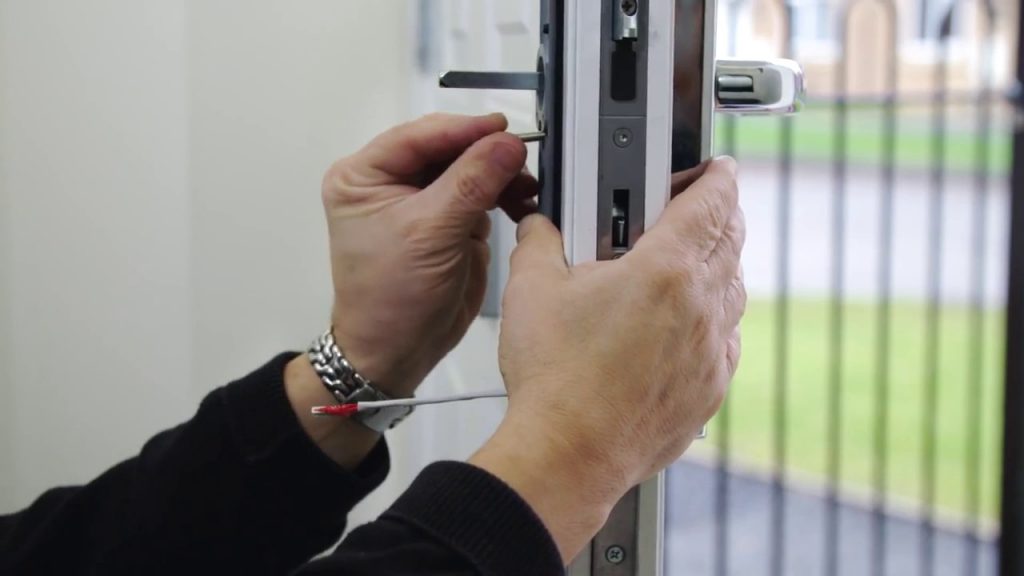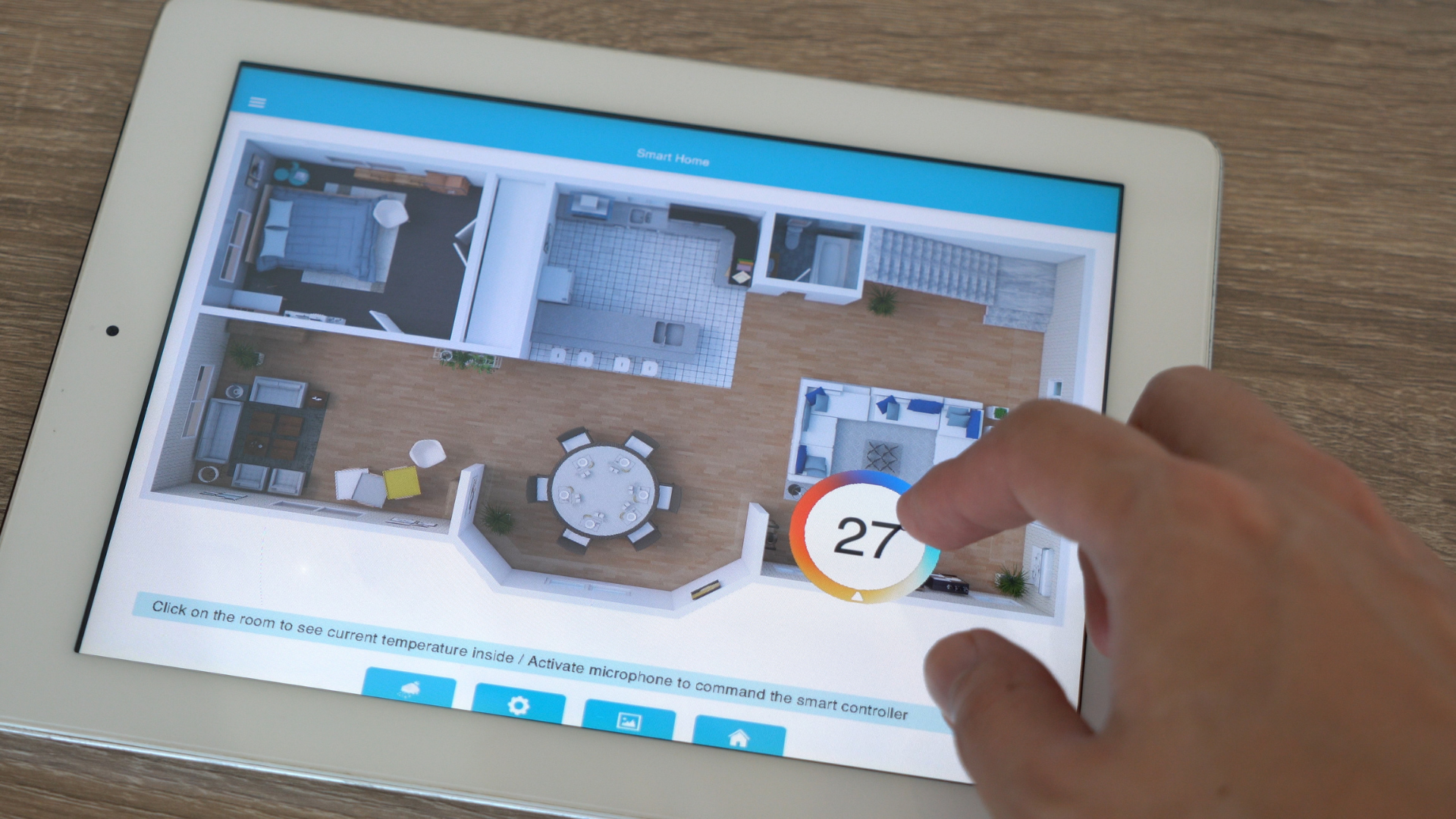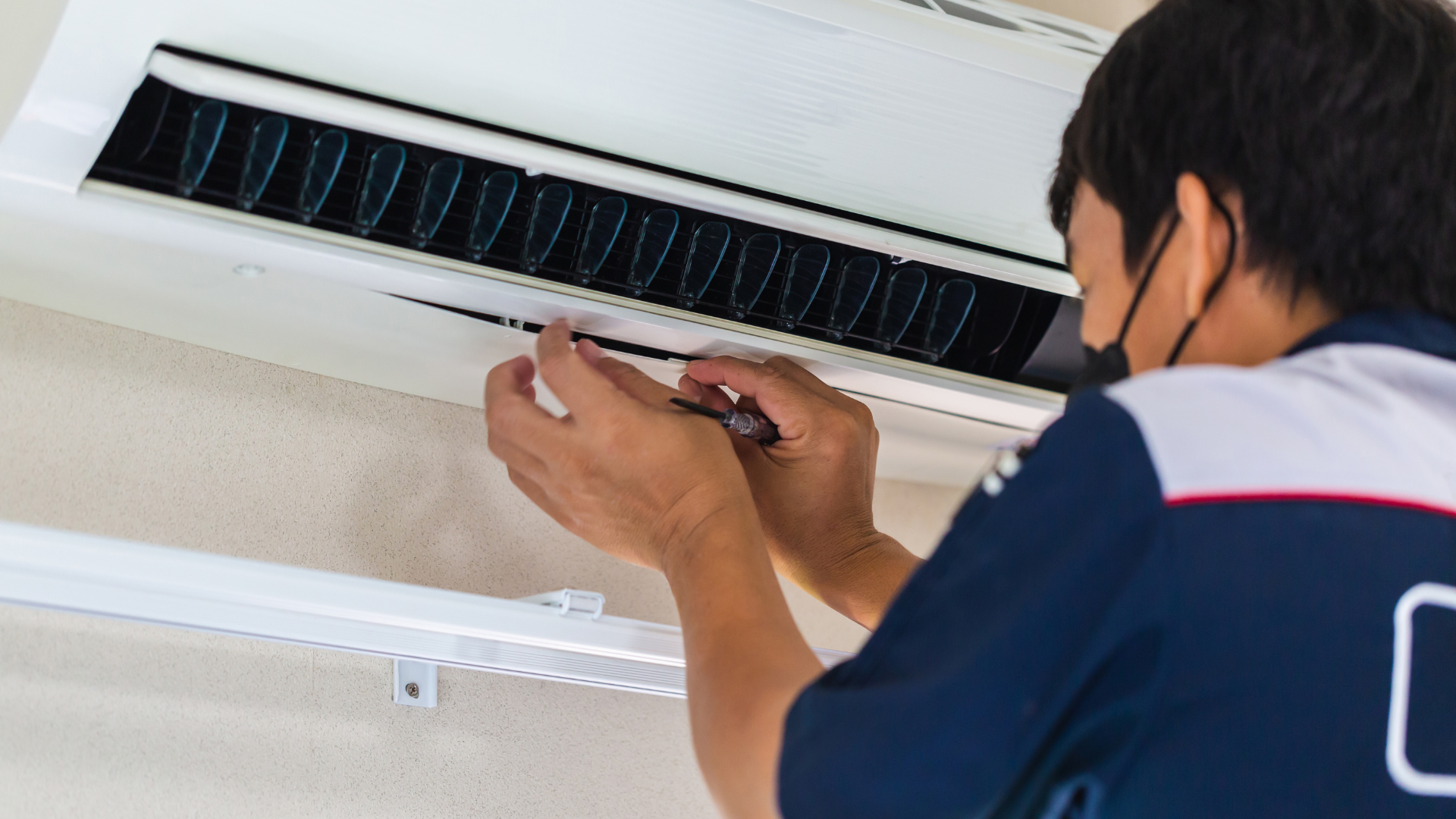These days the life of a homeowner is made a lot easier thanks to smart technology and home automation. Whether they use one of their VIZIO remotes (https://www.vizio.com/en/shop/remotes) to talk to their smart TV, schedule for blinds and lights to turn on at certain times, or control their heating from the other side of the country, it can allow them to have so much freedom. The term ‘home automation’ is one you’ll hear often, especially among tech-savvy homeowners. But what exactly does home automation mean and what technologies are used in home automation?
Definition of Home Automation
Home automation is the utilization of technology to automate various house functions remotely or in close proximity to the device or appliance. Home automation aims to make the home simpler, more secure, efficient, accessible and better overall. The devices used in home automation can be wireless, wired, or be both wired and wireless. Often they will require a company like MZ Electric, an electrician in Denver who are trained to install wired networks or power outlet access points used in automation projects.
Technologies Used in Home Automation
One of the things I found useful when selecting a home automation appliance is knowing the various technologies used in home automation. Some of the technology is easy to set up, but you might want to get your home’s electrical setup to be inspected or upgraded by a company like https://safeandsoundelectric.com/springdale-ct/ to make sure it can take the extra power demands. Here is a list of these technologies and some of which I use.
Wi-Fi
Most people have Wi-Fi in their homes and many companies design smart home products that can be used on existing Wi-Fi networks. It is a ubiquitous protocol and I use it in many home automation devices. This could be because of its ease of use across various devices. The only demerit is that it consumes a lot of battery power and slows down responses when many devices are on the network. You will need to make sure you have a good service provider such as ATT Bundles who can make sure that your wireless is sufficient.
Bluetooth
This is also a popular technology. It is limited to a short-range and I use it for my light bulbs and intelligent door locks. It does not drain your batteries very fast, and I use it across multiple devices and appliances without any issues.
Radiofrequency
This is one of the earliest technologies in the home automation space. It relies on a receiver and a transmitter and sends off or on commands to the receiver. It is an old technology, which could be why I have not interacted with any home automation device that uses it.
ZigBee
If this technology sounds new to you, you are in good company because I also heard of it for the first time as I was looking for home automation devices. The technology was initially used commercially, but it is gaining traction in its use in home automation devices. It uses radio frequencies to connect wirelessly with multiple devices at the same time. It is also easily customizable.
Z-Wave
Just like ZigBee, Z-Wave also uses radio frequencies to connect to devices. It is compatible across various wireless devices from many brands and also is less-energy consuming. It also connects easily because of its high frequency of 908.42 MHz.
Li-Fi
In case you thought that Li-Fi is a misspelling for Wi-Fi, then I guess this is a new term for you. Li-Fi just stands for the words Light Fidelity which is a magnetic spectrum that enables devices to communicate. Among the technologies I have so far covered, this is the most preferred one, especially among energy-conscious users like me. It utilizes infrared, visible lights, and ultraviolet instead of radio waves. I like a smart home, but I also do not want to incur high energy costs and keep replacing my batteries every other time and this is why I try to get devices that use this technology.
Universal Powerline Bus (UPB)
Unlike the previous technologies covered, which were wireless technologies, UPB is a wired technology. It is connected to the home wiring system and sends wireless signals to devices. Because it is connected to the wiring system, then it has an unlimited range of wireless connectivity. Many devices use this technology. I have a device that uses the technology, and the manual was easy to follow in the setup process.
Insteon
This technology is a hybrid that is both wired and wireless, and because of this, it can overcome the hurdles that come with using only a wired or wireless protocol. Insteon can connect with an old device just as easily as a new device and it operates like a cell phone once it is connected to the network.
You will agree that shopping for home automation devices is not easy, especially with salespeople throwing around technical jargon that leaves you more confused. I hope the information above will help you as you shop for new home automation devices and enable you to use your home appliances more effectively. Also, if someone asks you about home automation devices, you certainly have a lot to say.





